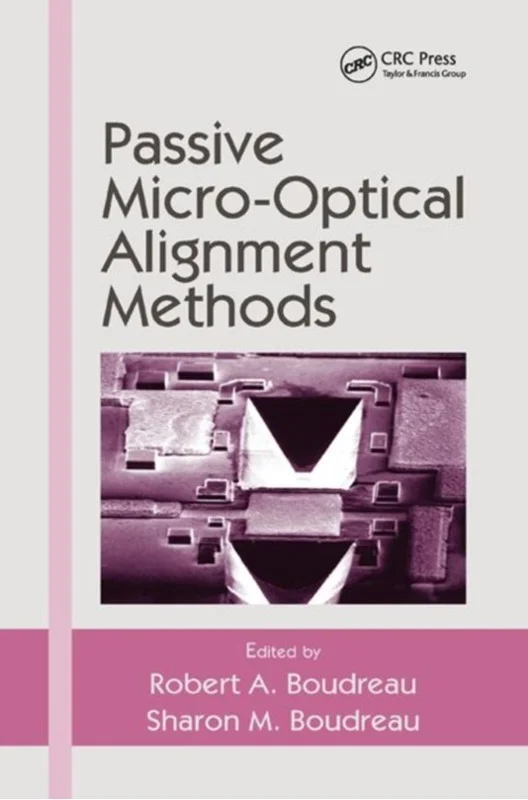Micro-trauma - Margaret Crastnopol - Bog - Taylor & Francis Ltd - Plusbog.dk
Micro-trauma: A psychoanalytic understanding of cumulative psychic injury explores the "micro-traumatic" or small, subtle psychic hurts that build up to undermine a person’s sense of self-worth, skewing his or her character and compromising his or her relatedness to others. These injuries amount to what has been previously called "cumulative" or "relational trauma." Until now, psychoanalysis has explained such negative influences in broad strokes, using general concepts like psychosexual urges, narcissistic needs, and separation-individuation aims, among others. Taking a fresh approach, Margaret Crastnopol identifies certain specific patterns of injurious relating that cause damage in predictable ways; she shows how these destructive processes can be identified, stopped in their tracks, and replaced by a healthier way of functioning. Seven different types of micro-trauma, all largely hidden in plain sight, are described in detail, and many others are discussed more briefly. Three of these micro-traumas—"psychic airbrushing and excessive niceness," "uneasy intimacy," and "connoisseurship gone awry"—have a predominantly positive emotional tone, while the other four—"unkind cutting back," "unbridled indignation," "chronic entrenchment," and "little murders"—have a distinctly negative one. Margaret Crastnopol shows how these toxic processes may take place within a dyadic relationship, a family group, or a social clique, causing collateral psychic damage all around as a consequence. Using illustrations drawn from psychoanalytic treatment, literary fiction, and everyday life, Micro-trauma : A psychoanalytic understanding of cumulative psychic injury outlines how each micro-traumatic pattern develops and manifests itself, and how it wreaks its damage. The book shows how an awareness of these patterns can give us the therapeutic leverage needed to reshape them for the good. This publication will be an invaluable resource for psychoanalysts, psychologists, psychiatrists, mental health counselors, social workers, marriage and family therapists, and for trainees and graduate students in these fields and related disciplines. Margaret Crastnopol (Peggy), Ph.D. is a faculty member of the Seattle Psychoanalytic Society and Institute, and a Supervisor of Psychotherapy at the William Alanson White Institute of Psychiatry, Psychoanalysis & Psychology. She is also a Training and Supervising Analyst at the Institute of Contemporary Psychoanalysis, Los Angeles. She writes and teaches nationally and internationally about the analyst''s and patient''s subjectivity; the vicissitudes of love, lust, and attachment drives; and varieties of micro-trauma. She is in private practice for the treatment of individuals and couples in Seattle, WA.

































